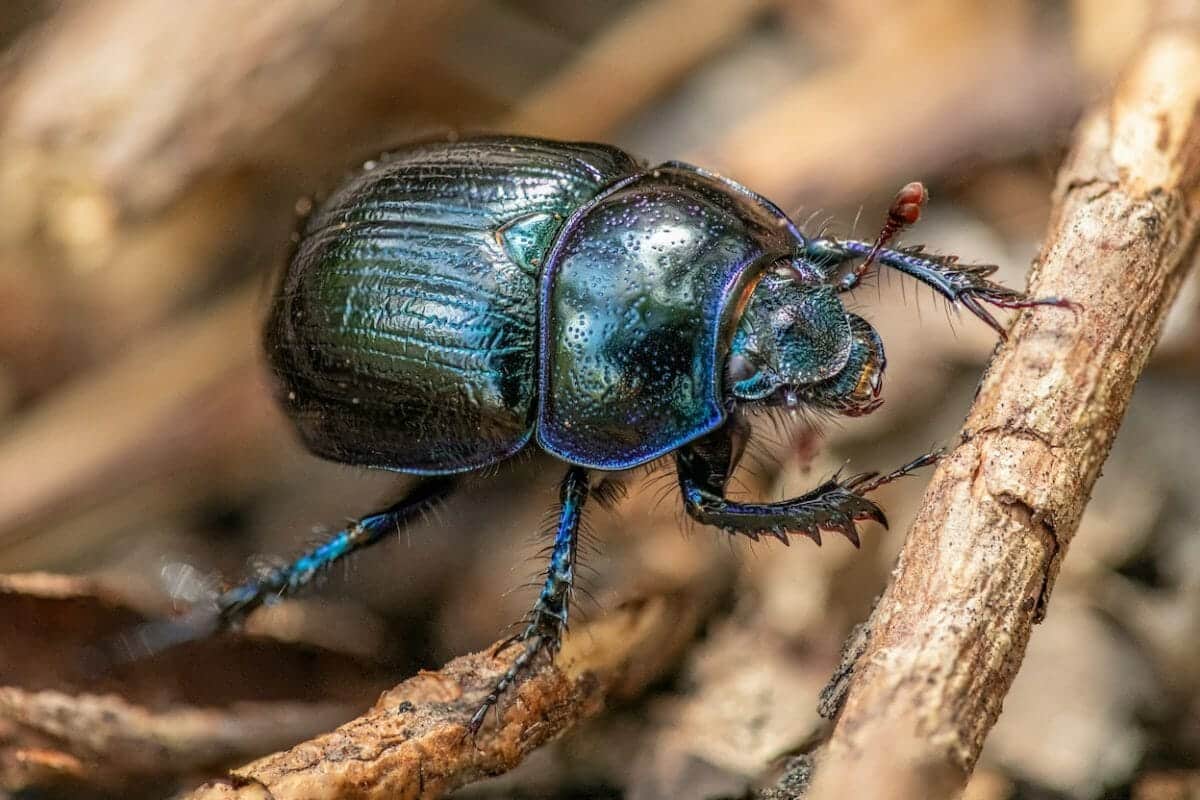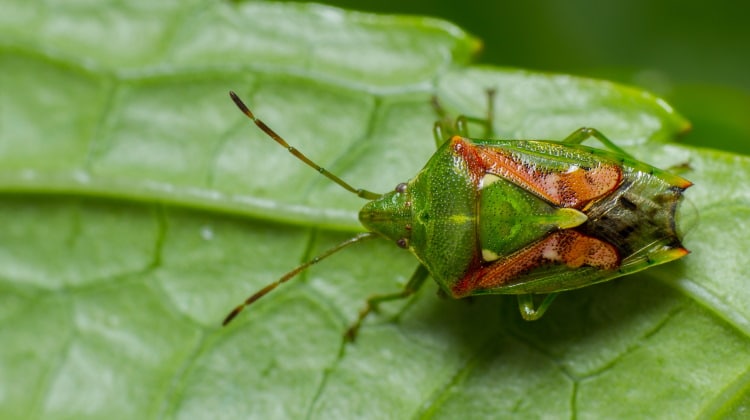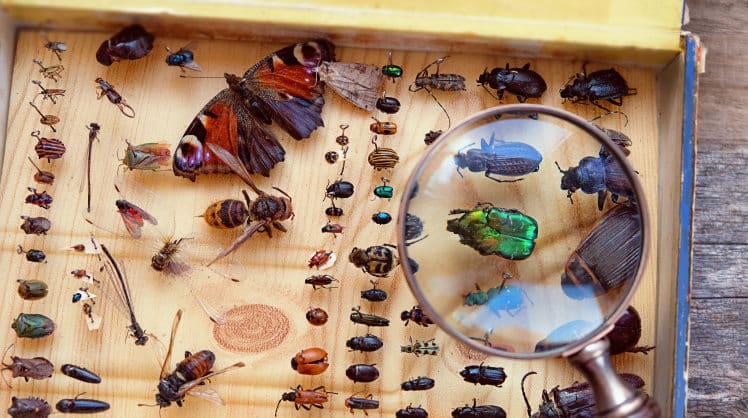Do All Insects Have Wings?
[modified-date]
[social-share]
Many species of insects do have wings. But not all.
Insects are by far the most biodiverse group in the animal kingdom, responsible for up to 80% of all life on Earth. It is estimated some 10 quintillion insects can be found on the planet. That’s 10, followed by 18 zeros.
Let’s learn about if all insects have wings in this article.
Do All Insects Have Wings?
The majority of known insects have wings. These include bees, wasps, butterflies, moths, beetles, and other true bugs.
However, there are certain insects that lack wings. These include insects in the orders:
- Zygentoma (silverfish)
- Phthiraptera (lice)
- Siphonaptera (fleas)
Some species, such as ants and keds, only have wings for part of their life cycle.
Why Do Insects Have Wings?
So, why do insects need wings in the first place?
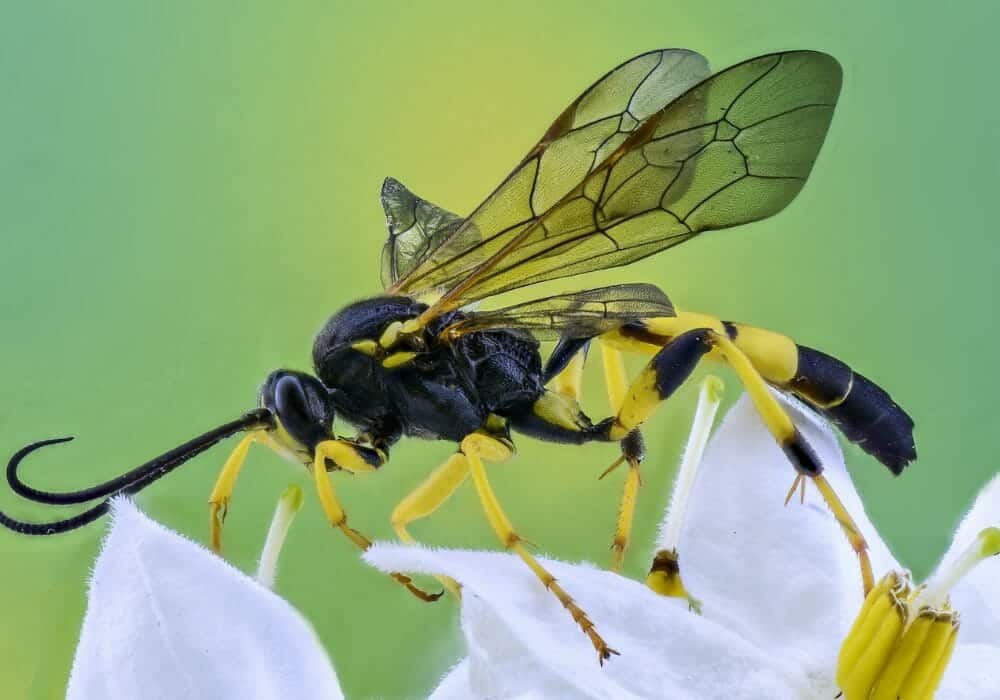
Of course, the obvious answer is to fly. But why do insects need to fly?
The two biggest advantages of flight are finding food and mates. Flight is also a great way to evade predators, especially when an insect has membranous wings just like dragonfly wings.
However, wings can provide so much more than just flight. Secondary functions of wings can be used for sound production (depending on its wing size) (to help locate and court a mate), communication, heat retention, and balance.
Wingless Insects
Zygentoma
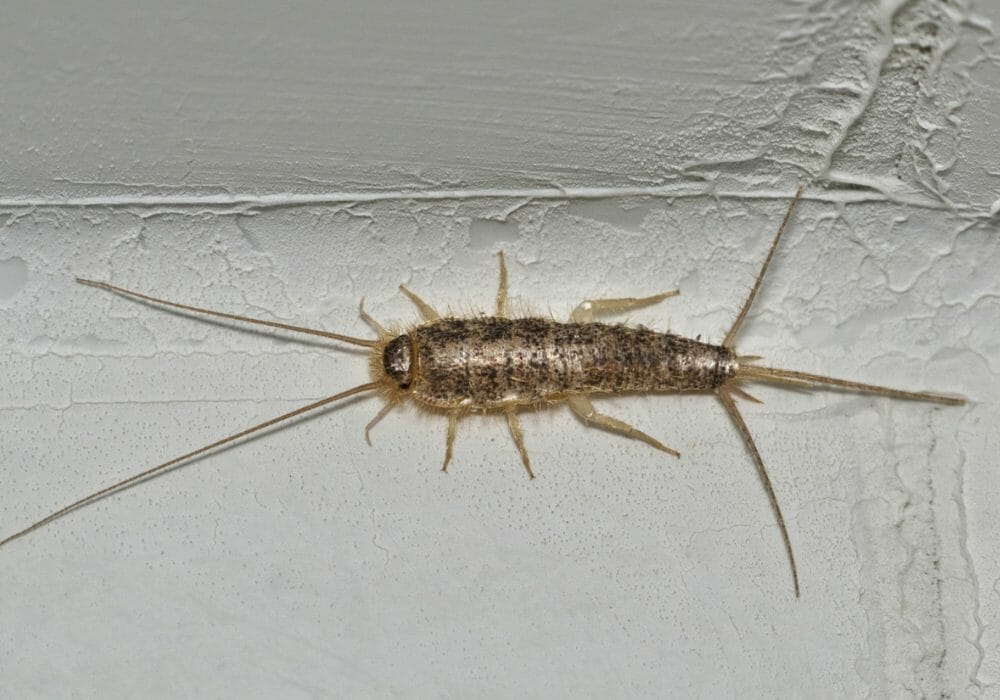
Approximately 500 species, including silverfish and firebrats, can be found in Zygentoma.
No, silverfish and firebrats are not some rare Pokémon characters or made-up beasts from the Harry Potter universe. They are very much real, wingless insects.
Silverfish get their name due to the shimmer of silvery scales covering their bodies and their fish-like movement when they move their bodies. They can reach lengths of up to 2 cm.
Firebrats are remarkably similar to silverfish but smaller and have a mottled brown coloration.
Both silverfish and firebrats are soft-bodied, slender insects. They have two long antennae, which they use to sense their environment at night.
Phthiraptera
Lice. Shudder.
Did you Know?
There are over 2600 species of lice, all of which are wingless.
Mostly parasitic, lice feed off the blood of warm-blooded animals, such as birds and mammals.

They are host-specific, and tend to have a specificity to certain regions of the body. As such, lice rely on the movements and migrations of their hosts to spread and colonize new areas rather than using wings.
Siphonaptera
Siphonaptera consists of parasitic fleas.
Related articles:
- What is the difference between bugs and insects?
- Do Insects Have A Nervous System: Do Bugs Feel Pain?
- Do Insects Have Hearts: A Bug’s Gotta Have Heart
- Do insects have organs?
- What stages do insects have that mammals don’t
- Do insects have a backbone?
- What insects have tails?
- How far can insects see?
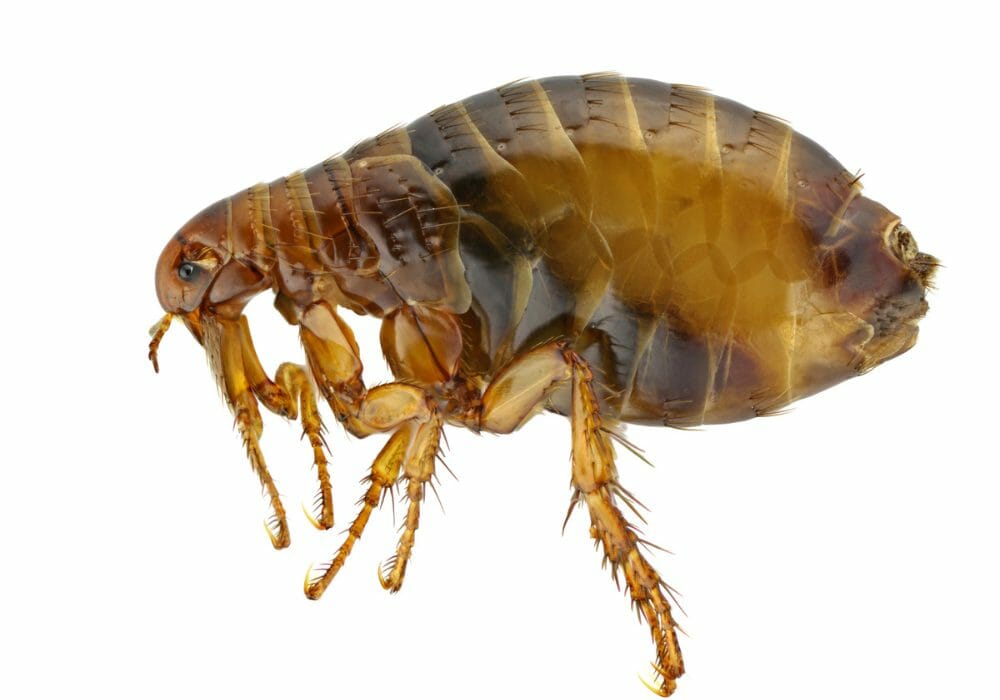
Of some 2500 species of fleas worldwide, only a handful can cause harm to human health.
Fleas are small jumping insects that parasitize mammals and birds. The hindlegs of a flea are long; adapted for jumping (but not like grasshopper’s legs), eliminating the need for wings.
So, does that mean every other insect has wings?
Well, yes and no.
The Process Of Transformation
Bees, butterflies, dragonflies (primitive insects). Some of the most well-known and ecologically important insects all go through a process called complete metamorphosis.
Metamorphosis is the anatomical and physiological changes from egg to adult. This normally refers to a complete breakdown of organic material. The “soup” mix is restructured to form the adult. It is thought that up to 80% of insects undertake this cycle.
But how does this relate to insect wings?
During the larval stage, the insect larvae look exceptionally different from the adult insects.
Butterflies and moths, for example, have wings. Their larval form, or caterpillars, are soft-bodied, worm-like insects with no wings.
The same process is used by other insects, such as bees, flies, and beetles.
Other Wingless Insects
Some insects, typically those without complete evolution, are born with wings but shed them as they develop into adults.
A prime example of this is Lipoptena mazamae, or the Neotropical deer ked.
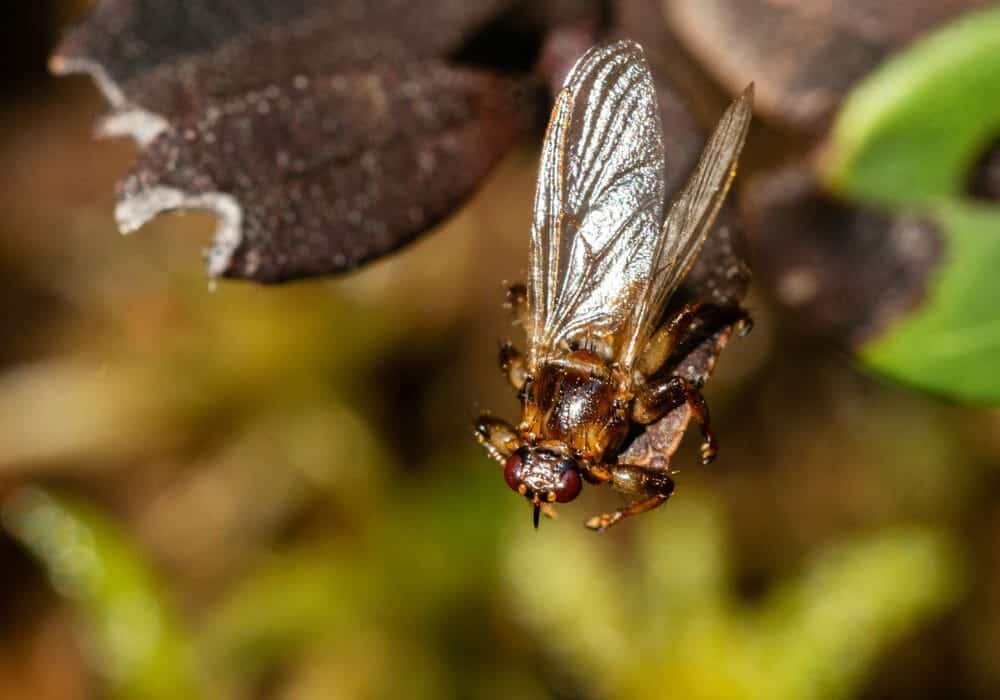
A common ectoparasite of white-tailed deer, the ked is often mistaken for lice because of their chewing mouthparts. They are, in fact, species of biting flies.
Deer ked’s hatch from eggs with fully developed wings. They use these wings to search for a host deer. Once a host has been found and settled upon, the deer ked will shed its wings.
Ants are another group of insects that can be wingless.
Within an ant colony, several different groups, or castes, of ants can be found. Such castes include the queen, workers, and soldiers. Some castes within the same colony have wings. Other castes do not. It all depends on the function of the caste.
Worker ants are always non-reproductive females that often lack wings. Typically, workers make up the majority of an ant colony. Reproductive soldiers have wings, which they use to swarm and mate with the queen.
Conclusion
An estimated 80% of all life on Earth are insects.
Many species have evolved wings and can fly. This has allowed insects to find food and mates, as well as to avoid predators.
However, some species lack wings altogether, depending on their body size. Parasitic species, such as lice and fleas, have not evolved wings. They use their host to move, migrate, feed and mate.
References
- MISSOURI DEPARTMENT OF CONSERVATION, Silverfish
- European Center for Disease Prevention and Control, Feb 2022
- Centers for Disease Control and Prevention, Aug 2020
- Arizona State University, Ask a Biologist
- Philos Trans R Soc Lond B Biol Sci. Oct 2019
- The University of Florida, Featured Creatures, May 2020
- The University of Minnesota Extension, 2020

Jack is a zoologist and author from the UK. After graduating from university, he moved to Costa Rica to study sea turtle nesting behavior. He quickly fell in love with the country and soon began to work at a rescue center for native Costa Rican wildlife. He specializes in human-wildlife conflicts and how humans can sustainably coexist with nature. He has rescued and raised orphaned monkeys, sloths, and coatis.
Disclaimer
Earthlife.net does not provide medical advice. We do our best to help users understand the science behind living beings; however, the content in the articles and on the website is not intended to substitute for consultation with a qualified expert. By interacting with the website and/or our email service, you agree to our disclaimer. Remember that you must consult a specialist before using any of the products or advice on the web.

